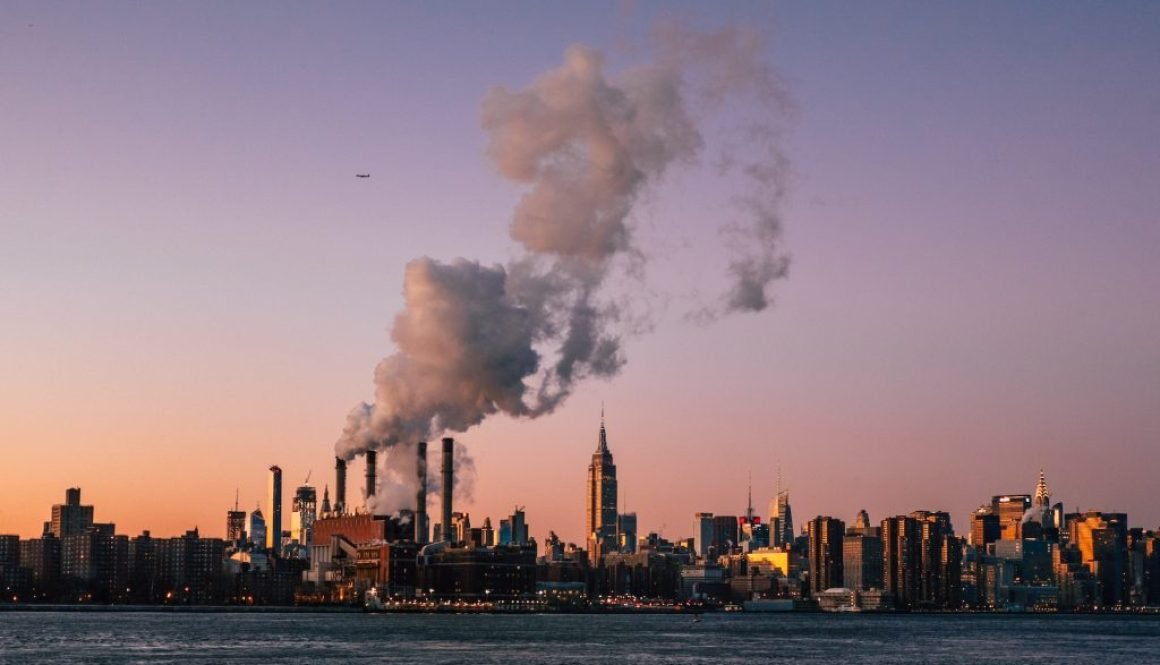Wildfire Smoke and Air Quality Live Updates: Northeast Flights Disrupted
Introduction
In recent years, the impact of wildfires on air quality has become a growing concern worldwide. The Northeast region, known for its bustling cities and vibrant atmosphere, has been experiencing disruptions in air travel due to the increasing prevalence of wildfire smoke. This article aims to provide live updates on the current situation, shedding light on the challenges faced by Northeast flights and the measures being taken to mitigate the impact on air quality.
Understanding Wildfire Smoke
Wildfire smoke is a mixture of gases, fine particles, and water vapor released into the atmosphere during a wildfire. The composition of smoke can vary depending on the type of vegetation and materials being burned. These particles can be carried by the wind over long distances, impacting air quality far beyond the immediate vicinity of the fire.
The fine particles in wildfire smoke, known as PM2.5, are of particular concern. These particles are small enough to be inhaled deeply into the lungs, potentially causing respiratory problems and exacerbating existing health conditions. Additionally, the presence of smoke can reduce visibility and pose risks to aviation safety.
Current Situation in the Northeast
Over the past few weeks, the Northeast region has been experiencing an increase in wildfires and subsequent smoke dispersion. As a result, air quality has been significantly affected, prompting disruptions in flights across major airports. The Federal Aviation Administration (FAA) and local authorities have been closely monitoring the situation to ensure the safety of air travel.
Impact on Northeast Flights
The presence of wildfire smoke poses several challenges for Northeast flights. Firstly, reduced visibility caused by the smoke can lead to delays and cancellations as pilots need clear visibility to operate aircraft safely. Flight routes may also be adjusted to avoid areas with poor air quality, leading to longer travel times and potential diversions.
Furthermore, the health and well-being of passengers and crew members are of utmost importance. Airlines prioritize the safety and comfort of their passengers, and if air quality conditions are deemed hazardous, flights may be grounded or delayed until the situation improves.
Measures Taken to Mitigate the Impact
In response to the disruptions caused by wildfire smoke, various measures have been implemented to mitigate the impact on air quality and ensure the safety of Northeast flights. These measures include:
- Monitoring Systems: Advanced air quality monitoring systems have been installed at airports to continuously assess the levels of particulate matter and other pollutants in the air. This real-time data helps authorities make informed decisions regarding flight operations.
- Communication and Coordination: Close coordination between airport authorities, airlines, and meteorological agencies is crucial during such situations. Timely communication ensures that all stakeholders are aware of the prevailing conditions and can take appropriate action.
- Flight Diversions and Route Adjustments: If certain areas are heavily affected by smoke, flights may be diverted to alternate airports with better air quality. Airlines also have the flexibility to adjust flight routes to minimize exposure to areas with poor air quality.
- Passenger Safety Measures: Airlines prioritize the well-being of their passengers and crew members. In case of deteriorating air quality, airlines may provide protective masks or offer alternative travel arrangements to ensure the safety and comfort of passengers.
Conclusion
As the Northeast region grapples with the challenges posed by wildfire smoke, the impact on air quality and air travel cannot be ignored. The prevalence of wildfires and the subsequent dispersion of smoke have disrupted flights and necessitated precautionary measures. By closely monitoring air quality, maintaining effective communication channels, and implementing necessary route adjustments, authorities and airlines strive to ensure the safety and well-being of passengers and crew members.
FAQs
Q: Can I still travel to the Northeast despite the disruptions caused by wildfire smoke? A: While the presence of wildfire smoke may lead to flight delays or cancellations, air travel to the Northeast is still possible. It is advisable to check with your airline for the latest updates on flight schedules and any necessary precautions to ensure a safe and comfortable journey.
Q: How long do these disruptions typically last? A: The duration of disruptions caused by wildfire smoke can vary depending on the severity and extent of the wildfires. Authorities continuously monitor the situation and take appropriate action to restore normalcy as soon as possible. It is recommended to stay updated through official sources for the latest information.
Q: What can I do to protect myself from the effects of wildfire smoke during travel? A: If you are traveling to or from an area affected by wildfire smoke, it is advisable to stay informed about air quality conditions and follow the guidance provided by airlines and local authorities. Carrying a protective mask, maintaining good hygiene practices, and seeking medical advice if you have pre-existing respiratory conditions are some measures you can take to safeguard your health.
